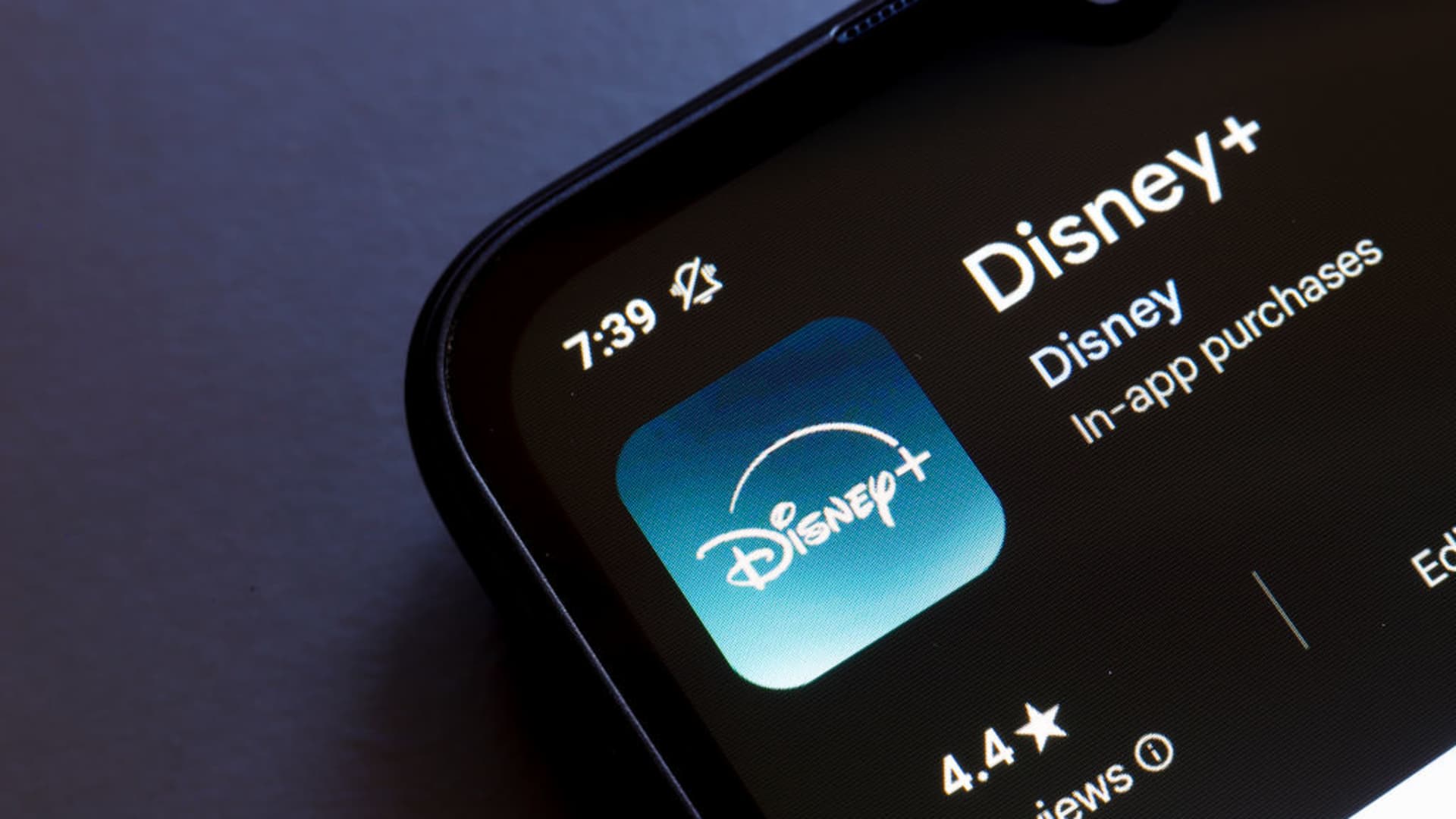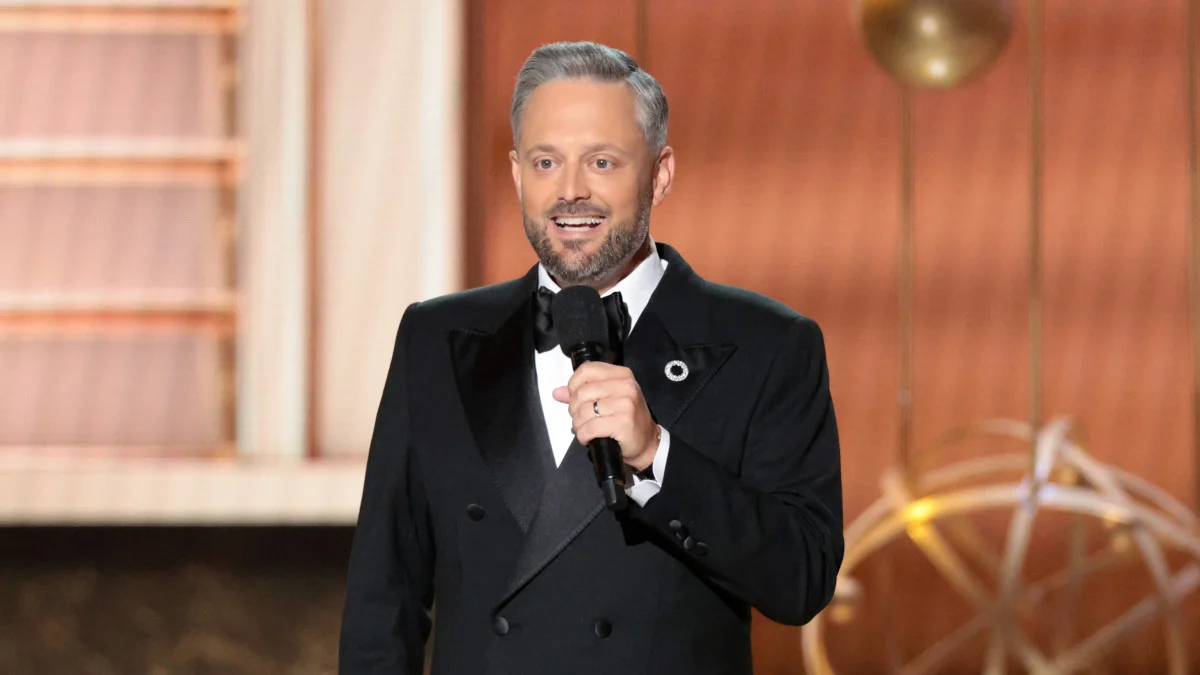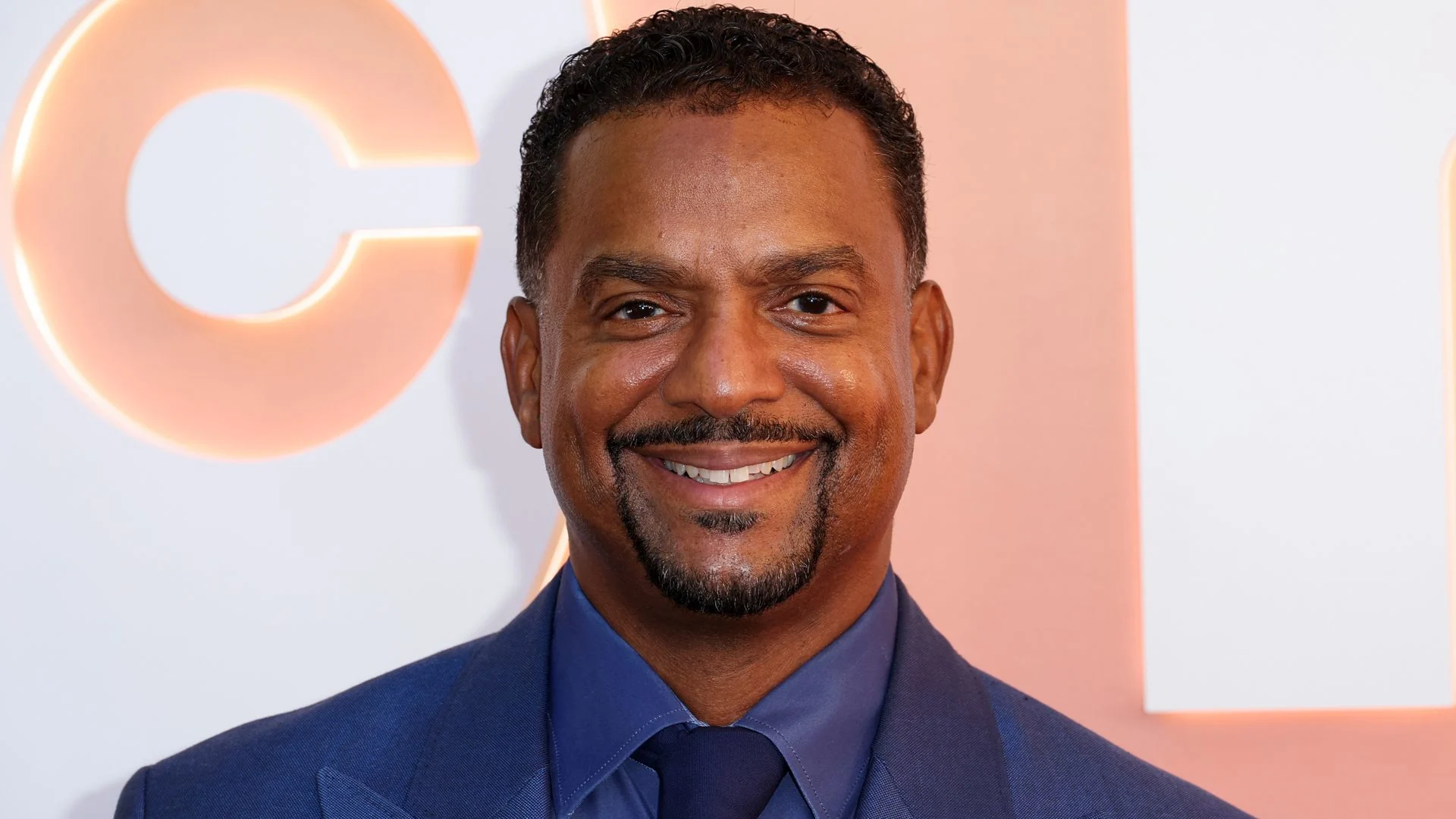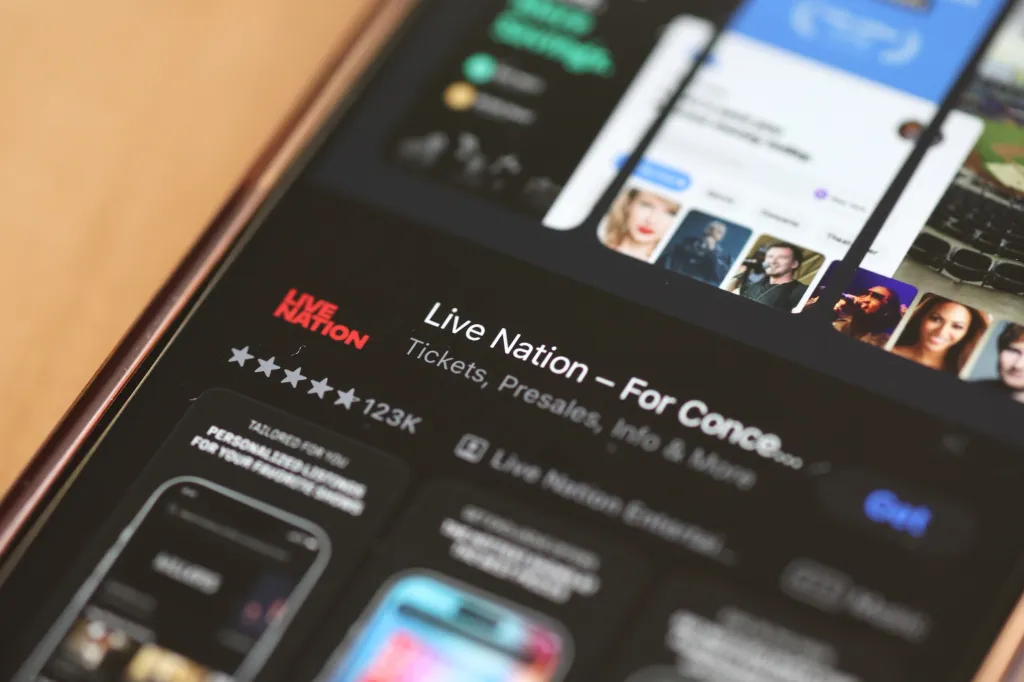
The consumer TV landscape was once giddy with the prospect of cutting the cable cord, freeing viewers from increasingly high prices. For many consumers, however, that glow has long faded. This week, Disney+ announced price increases which will raise most customers’ bills by $2 to $3. Last month, Apple TV+ raised prices for the third time in three years. These moves followed increases earlier in the year from a wide range of streamers, including Netflix, Discovery+, Peacock, Dropout.tv, Paramount and Fubu.
Consumer frustrations cut across generations.
Laura Maike, 37, of Burton, Ohio, says streaming isn’t the promised panacea. “Streaming has become as much of a financial burden as cable,” she said.
Barbara Snedegar, 70, of Bethel, Ohio, and her husband travel in their RV fully stocked with streaming services — services that add up. “Keep in mind that when you first subscribe, you get these really good prices that suck you in. Then they email and tell you prices are going up by some piddly amount like maybe $1 or $2. Next thing you know, you’re paying at least double what it started out to be,” Snedegar said.
Now consumers and streamers are locked in a battle over who blinks first.
Despite the cross-generational frustration, consumers still consider streaming a near necessity.
Research released earlier this year by Credit Karma put streaming at the top of essential “non-essentials” regardless of age.
“While some customers may cancel due to a price increase, streaming companies likely recognize that because so many now view their services as essential, they have an ability to increase profits through raising prices,” said Courtney Alev, consumer financial advocate at Credit Karma. But these constant price hikes can nibble away at the margins of personal budgets.
“Those small charges can add up, quietly drain your bank account over time, and take a solid chunk out of your monthly budget,” Alev said.
Subscription pricing stability is a thing of the past
The seemingly constant price changes and consumer churn are the signs of a streaming business model that is being transformed, according to University of Denver marketing professor Ali Besharat. Until recently, he says, the still relatively new industry had relied on subscription stability. While the price hikes suggest some pricing leverage for streamers, Besharat said he doesn’t believe media companies now uniformly have more power over the consumer.
“The conventional subscription model is based on a stable, predictable stream of recurring revenue. Now, the new consumer behavior trends in the streaming subscription services show a flexible, content-driven, and ultimately disposable expense,” said Besharat, who is co-director of the university’s Consumer Insights and Business Innovation Center.
As a result, the industry is splitting into two camps — those which he says are adapting to this “seasonal” consumer, and those who are fighting it by making it incredibly difficult to leave.
“There is now so much diversity of content and appealing offers, and the cost of cancellation is zero, so customers can hop on and hop off. The subscription model has turned around and the customer has the power,” Besharat said. That leaves companies with few levers left to pull: raising prices is one of them, he said.
The industry isn’t the only entity splitting into two camps.
Adam Deutsch, managing director at Deloitte Consulting, says that viewers are also cracking into two camps: older customers who are more likely to sign up and stay, and younger, digitally savvy, budget-conscious content consumers who make little distinction between a Netflix movie with a $100 million production budget and a YouTube influencer producing videos in their living room. Its research shows that 50% of younger generations (Gen Z and millennials) consider watching videos on social media and watching videos on streaming services both to be “watching TV.”
This creates a challenge for streaming companies who not only have to fend off well-funded rivals but also cheap, user-generated video content. “Consumer habits are adapting and customers are learning to satisfy their own needs,” Deutsch said.
The reboot of the cable TV bundle
Deutsch says companies like Netflix that drop a whole season of shows at once are counting on the “content dopamine hit” that comes with devouring a single season at a time.
“The bingeing nature of premium content is so satisfying and it builds loyalty. I think that is effective,” he said.
But the prices have to keep up with the production costs.
“The reason you are seeing price increases is the cost to produce good content and monetize it is only going up,” Deutsch said, adding that new deals with guilds and unions and the volume of content needed to drop into the streaming universe are increasing prices.
“The way you monetize is that the old-fashioned bundle has come back,” Deutsch said.
Deutsch predicts more consolidation and fewer big players, and that the big streamers will bundle offerings in packages that feel like old-fashioned cable. A third ingredient, much more unknown, is AI’s ability to help make content which Deutsch says will, at the very least, bring efficiency and economic scale to the business.
“The biggest tactic has been, and will likely continue to be, making content sticky,” Shah said.
He expects streamers will continue to move away from releasing all the episodes of shows, especially “must-watch” shows, at once and go back to linear TV’s weekly schedule. He also says sports will become an even larger battlefield for streamers to stake claims.
And there is one more tactic he expects to see streamers adopt more to deal with churn — identifying serial churners from any and all data and behaviors they can identify and then ensuring those churners don’t get any promotions or deals when they sign up for the service the next time, Shah said. As streamers stop releasing net add numbers to focus more on profitability, they will ensure that they don’t encourage the behavior of serial churners by giving them discounts.
Netflix co-CEO Greg Peters said during the company’s Q2 earnings call that retention “remains stable and industry-leading. We are an incredible entertainment value, not only compared to traditional entertainment, but if you think about other streaming competitors, when we start at $7.99 in the United States and you think about all of the entertainment you get, we have a belief and expectation that the demand for not only entertainment, but for us, specifically will remain strong.”
Meanwhile, customers like Snedegar are left to tally their bills and play chicken with their favorite streamers.
The Snedegars were paying $122.75 for DirecTV Stream, $12.93 for Paramount+, $14.93 for Peacock, and $9.99 for Discovery+. Then they have Apple Music Family at $27.56 for six people, which includes Apple TV+, while HBO Max is included in their AT&T cell bill. Their annual $139 Amazon Prime bill includes video. They recently cancelled Paramount, Peacock, and Discovery. But the Snedegars just subscribed to Starz for $25.61.
“We just subscribed and will cancel as soon as we watch a series,” Snedegar said.
Disclosure: Comcast is the parent company of NBCUniversal, which owns CNBC and Peacock. Under a proposed spinoff, Versant will become the new parent company of CNBC.



